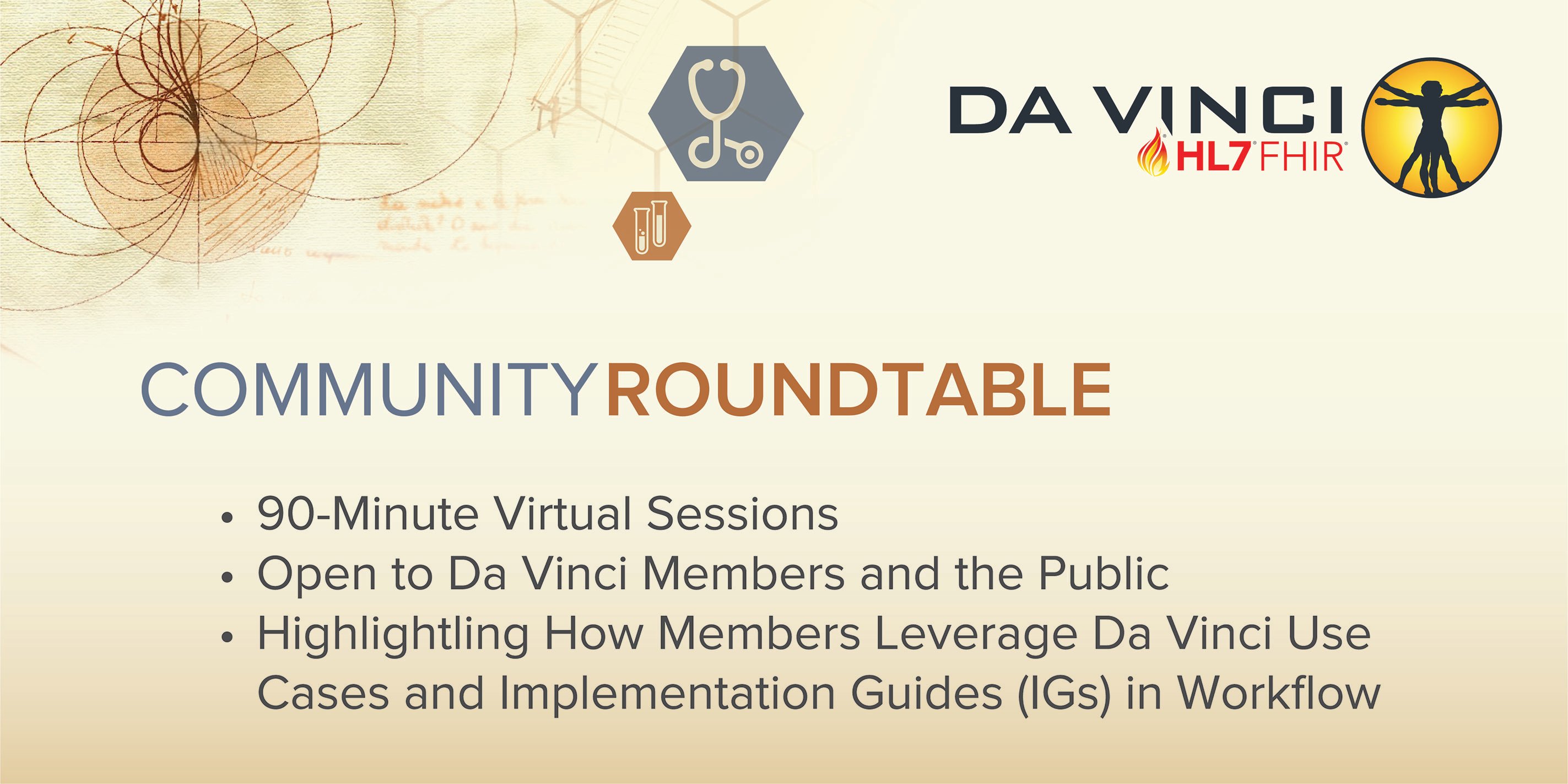Recap of the August Da Vinci Project Community Roundtable on DRLS and FAST
As the HL7 Da Vinci Project continues to make rapid progress in developing use cases to enable the exchange of healthcare information, work has been underway to test and widely deploy these cases among industry players.
Efforts led by federal agencies have been in motion to use solutions based on HL7’s Fast Healthcare Interoperability Resources (FHIR®) standard at scale, as well as to incorporate FHIR use cases in a federal initiative that developed and tested a prototype to demonstrate the capability to streamline clinical workflow access to coverage requirements.
Presenters at a Da Vinci Project community roundtable on August 26 said the initiatives are important in bringing the benefits of automated information exchange throughout the healthcare industry, while taking steps to reduce the burden on providers.
The FAST Initiative
In one initiative, the Office of the National Coordinator for Health Information Technology (ONC) is convening a FHIR at Scale Taskforce (FAST) that brings together a representative group of motivated healthcare industry stakeholders. FAST aims to take use cases that are being demonstrated in initial efforts between partners in the industry and ensure that they can operate more broadly.
“In building solutions for FHIR for interoperability, we realize that individual solutions are being developed to work between one endpoint and another,” said Stephen Konya, senior advisor to ONC and the Department of Health and Human Services. “When we start to roll these out at scale – when there’s a large number of payers sharing a large amount of data with a large number of providers – the game changes.”


